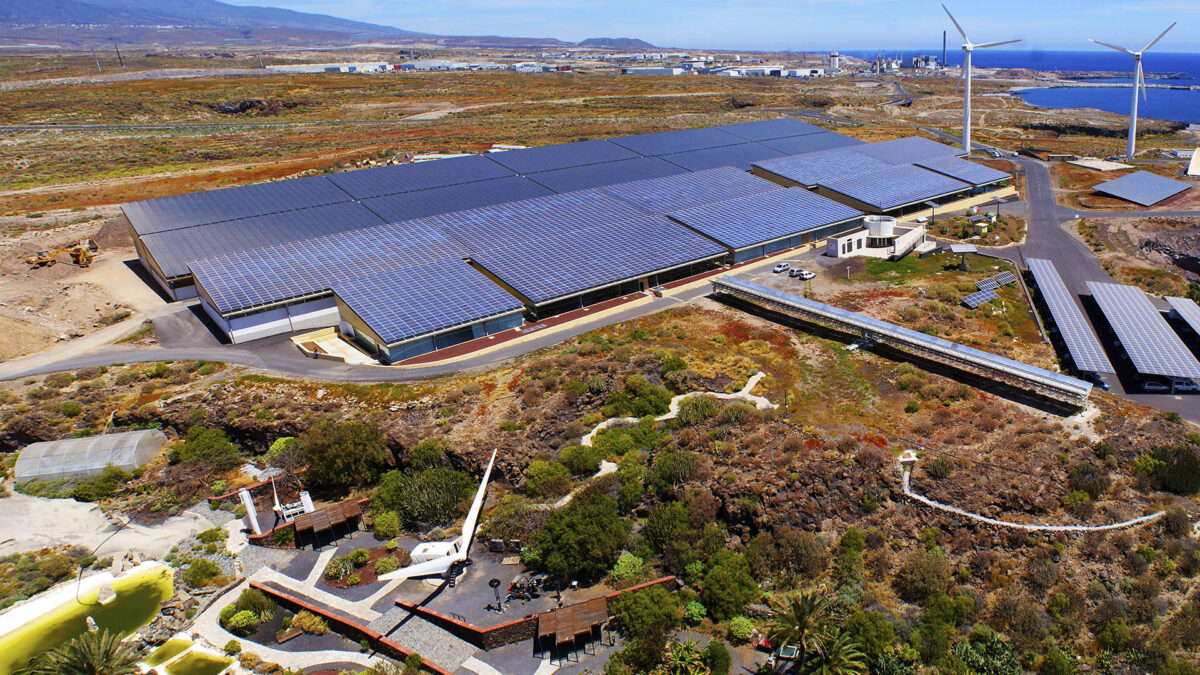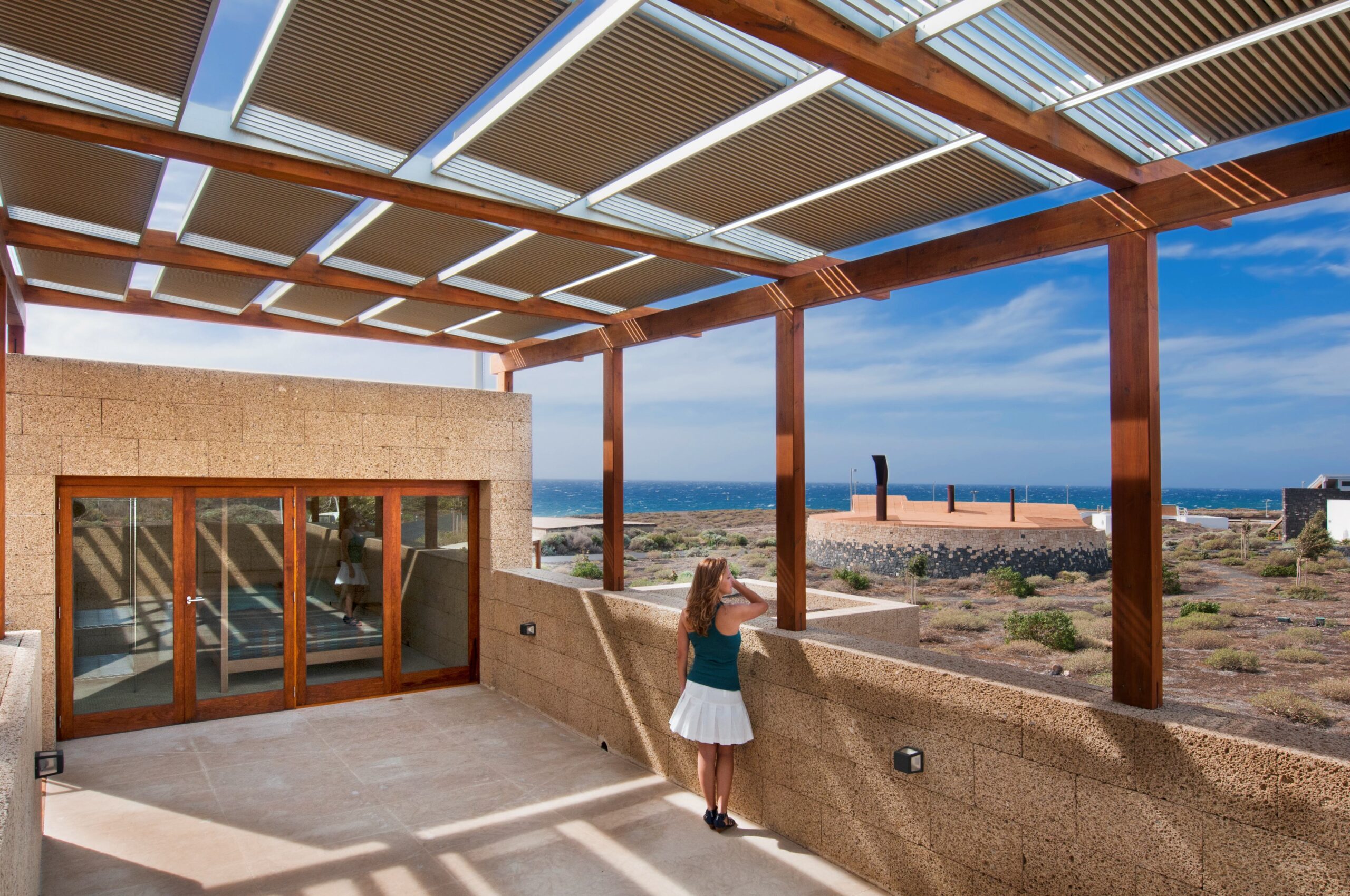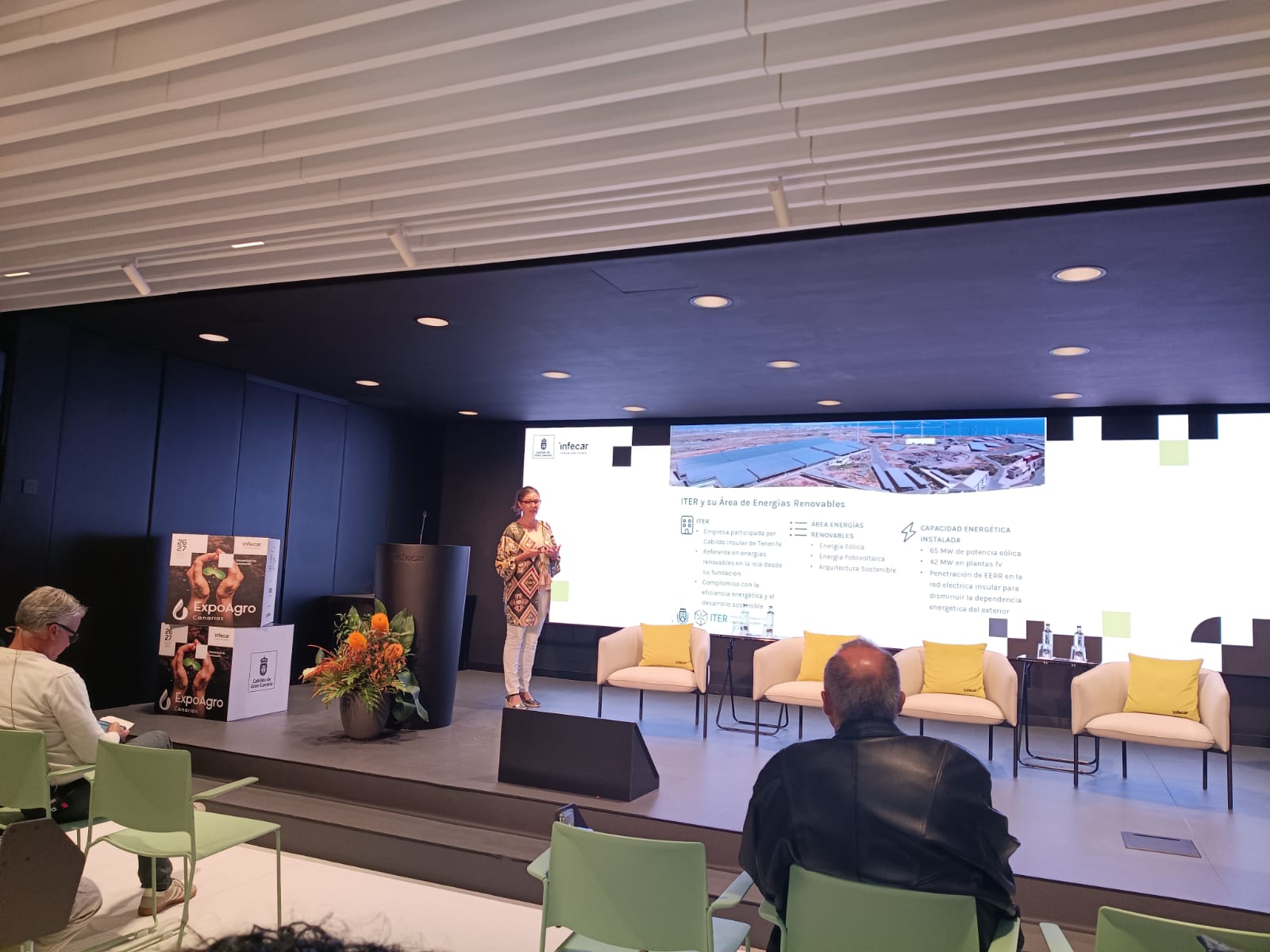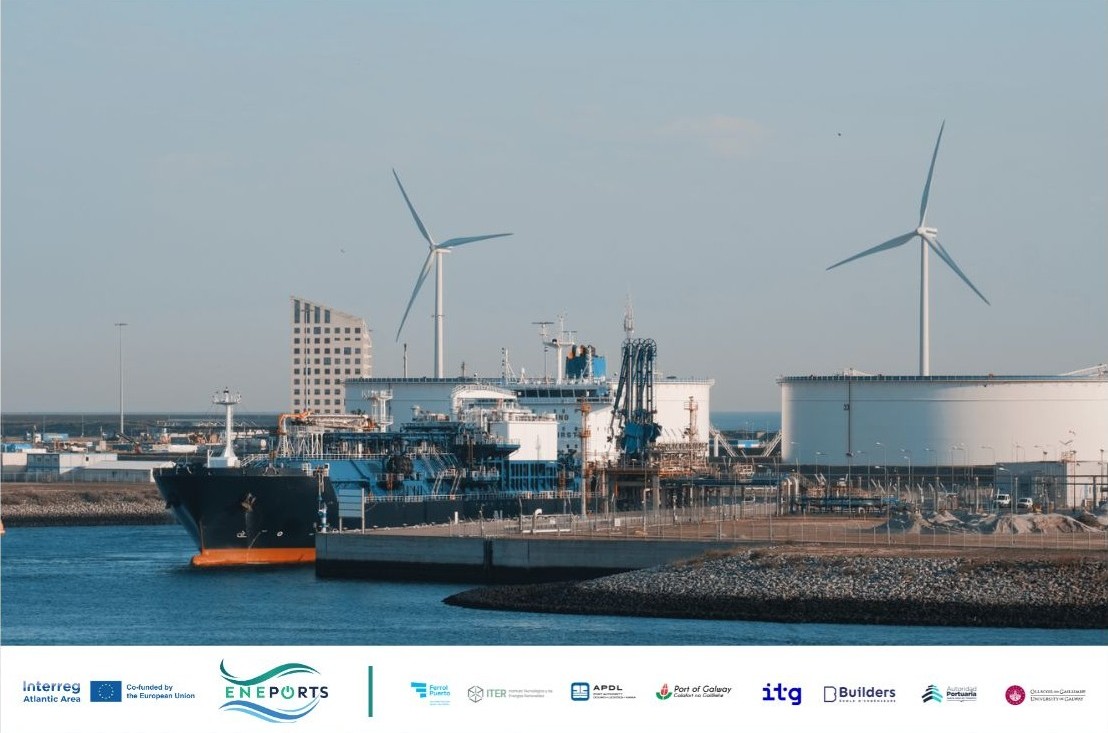El proyecto UVSiTE está financiado dentro de la Convocatoria 2013 de Proyectos de Investigación de la Fundación Obra Social CajaCanarias.
UVSiTE pretende mejorar de la eficiencia energética de células y módulos fotovoltaicos basados en silicio mediante la integración de un nuevo tipo de lámina fotoconversora a la baja. Este proceso permitirá la captación de fotones de alta energía, con el fin de aumentar la eficiencia cuántica en determinadas longitudes de onda.
Los objetivos que se plantea el proyecto son los siguientes:
- Fabricar un nuevo tipo de lámina fotoconversora a la baja para células y módulos fotovoltaicos estándar de silicio que permita aumentar la eficiencia del dispositivo, al menos en 0.3 puntos porcentuales en relación a la eficiencia obtenida sin lámina fotoconversora.
- Diseñar el procedimiento para que la lámina fotoconversora se integre en el proceso de producción de células y módulos fotovoltaicos estándar para tecnología de silicio.
- Conseguir que el incremento de eficiencia logrado con la lámina fotoconversora compense, en términos de ingresos adicionales por mayor producción de electricidad, los costes adicionales introducidos en el proceso de fabricación.
- Lograr que la lámina ofrezca una durabilidad al módulo fotovoltaico similar a la durabilidad estándar ofrecida dentro del mercado (25 años)
Asimismo, los procesos se realizarán considerando también los costes de producción, durabilidad del producto y generación de residuos, tanto durante su fabricación, como al final de su vida útil, aplicado al sector de fabricación de tecnología fotovoltaica, su cuantificación, impacto, reducción, valorización y reciclaje, así como el ámbito del agua y su reutilización dentro del proceso de fabricación.
El proyecto está liderado por la Universidad de La Laguna y cuenta con la colaboración del Instituto Tecnológico y de Energías Renovables (ITER) y el Fraunhofer Institut für Solare Energiesysteme, tiene una duración de tres años y finalizará en diciembre 2016.










